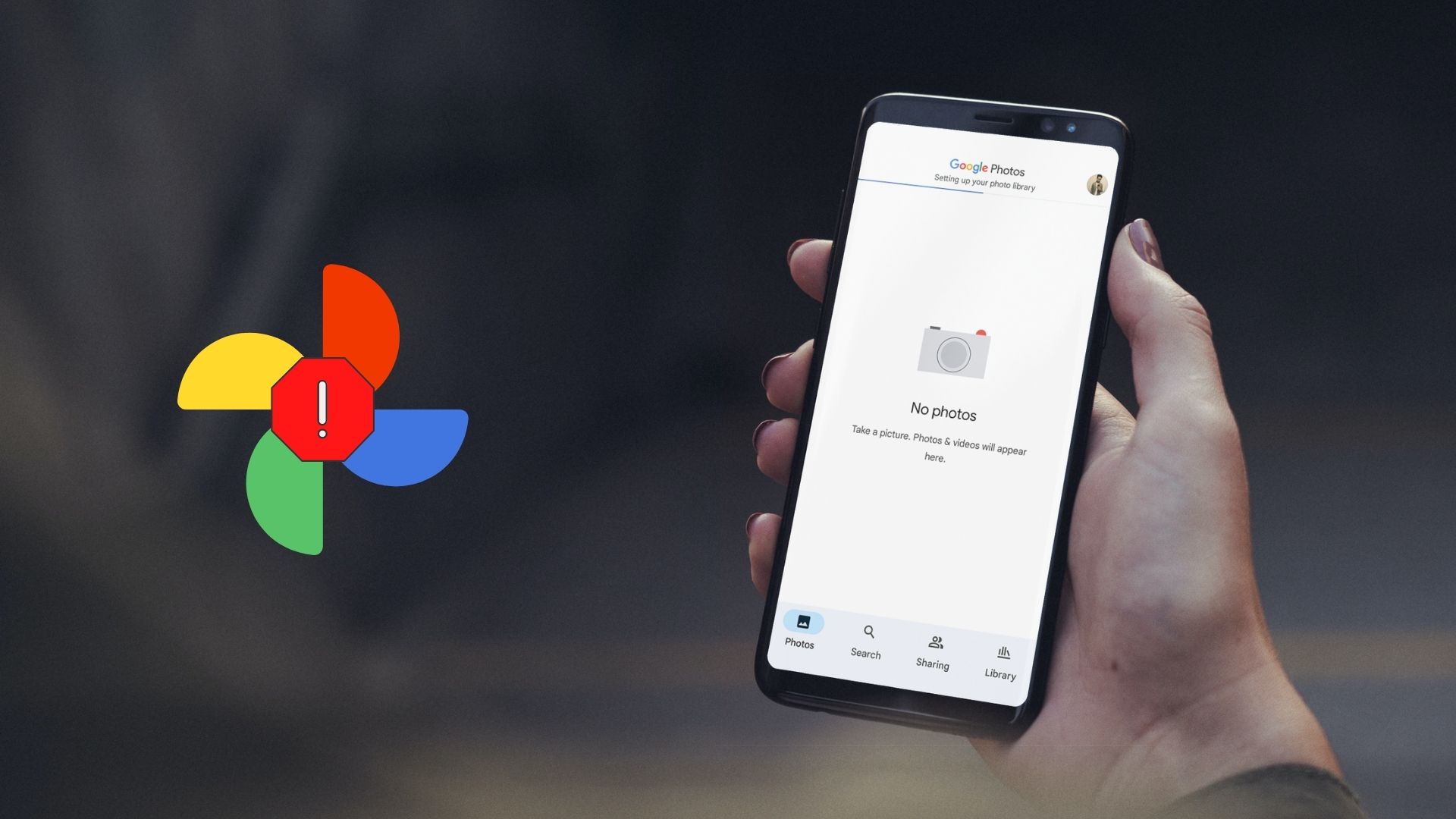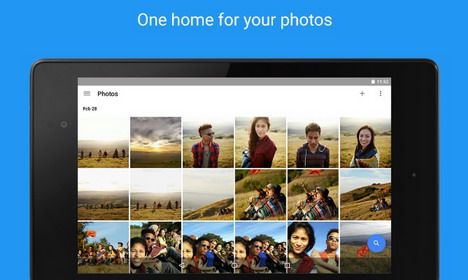

It won’t automatically sync new shots to your iPhone that were uploaded to your Google Photos library from other devices: you’ll still need to manually download new images individually or in batches. ‘Backup and sync’ is also useful for iPhone users looking to save snaps from Google Photos to their device. Here you can also change the size of uploads and mobile data settings. With ‘backup & sync’ enabled, your camera roll will automatically, continuously and securely be uploaded to Google’s servers. Only enable this if you have a sufficiently large data package, as photo uploads can quickly drain your allowance.Īfter you’ve made these selections, you can change backup settings by tapping the menu button (the three horizontal bars), selecting ‘settings’ and hitting ‘Backup and Sync’. You’ll also have the choice of whether to use mobile data for backups when you’re not connected to Wi-Fi. Open up the app, sign in to your Google account and you’ll be offered the choice between backing up ‘original’ or ‘high quality’ images (see above). The first step is to download the Google Photos app for iOS or Android. Ready to start backing up your snaps from your smartphone or tablet to the Google Photos? Good news: it’s pretty easy. How to backup to Google Photos from a phone or tablet There’s a full list of the supported files on Google’s support page (opens in new tab). It’s also important if you’re a photographer who needs a backup option for full-size raw files – though be sure to check whether Google Photos supports your camera’s file type, as it won’t work with all raw formats. This will be the best choice if you plan to print your images or to use them in design work, for example. As the name suggests, this setting will store your shots online in their original form, with no compression or reduction in quality. If, on the other hand, you want to back up original, full-fat copies of your photos, select the ‘original’ option. The compression is very efficient, reducing file size without a significant loss in quality – and compressed shots should still be plenty good enough if you’re mainly working with smartphone photos or viewing images on your screen. The latter will slightly compress images to save space. The first thing to decide when setting up Google Photos is whether you want to upload and store your photos as ‘original’ or ‘high quality’ images. Google Photos backup: how to choose your upload settings Setting up for the first time or want some top tips on the best ways to backup photos to help you get the most out of the service? Whether you’re using a Mac, PC, iOS or Android device, this handy guide will tell you exactly how to upload your pictures to Google Photos – and how to sort them once you have. Even though Google Photos is one of the simplest options for safely storing your photo library online, it’s always good practice to have multiple backups of your snaps. These tips will be helpful if you don’t want to shell out for a subscription plan – or if you just want to make an offline copy of your online image collection.

We’ve also included instructions for saving your entire Google Photos library to a hard drive.

The limits apply across all Google products, including Drive. Plans start at £1.59 / US$1.99 per month for 100GB of storage capacity, up to £7.99 / US$10 per month for 2TB. Luckily, Google One subscriptions are flexible and affordable. Google no longer offers unlimited free storage for ‘high quality’ images - or any kind of unlimited cloud storage deal (although many of the best photo storage and sharing sites do offer unlimited space on a subscription basis). Google Photos offers 15GB of storage for free, which should be sufficient if you’re only planning to back up your very favorite photos.īut if you want to make a second copy of your entire image library, you’ll need to consider a Google One subscription.


 0 kommentar(er)
0 kommentar(er)
